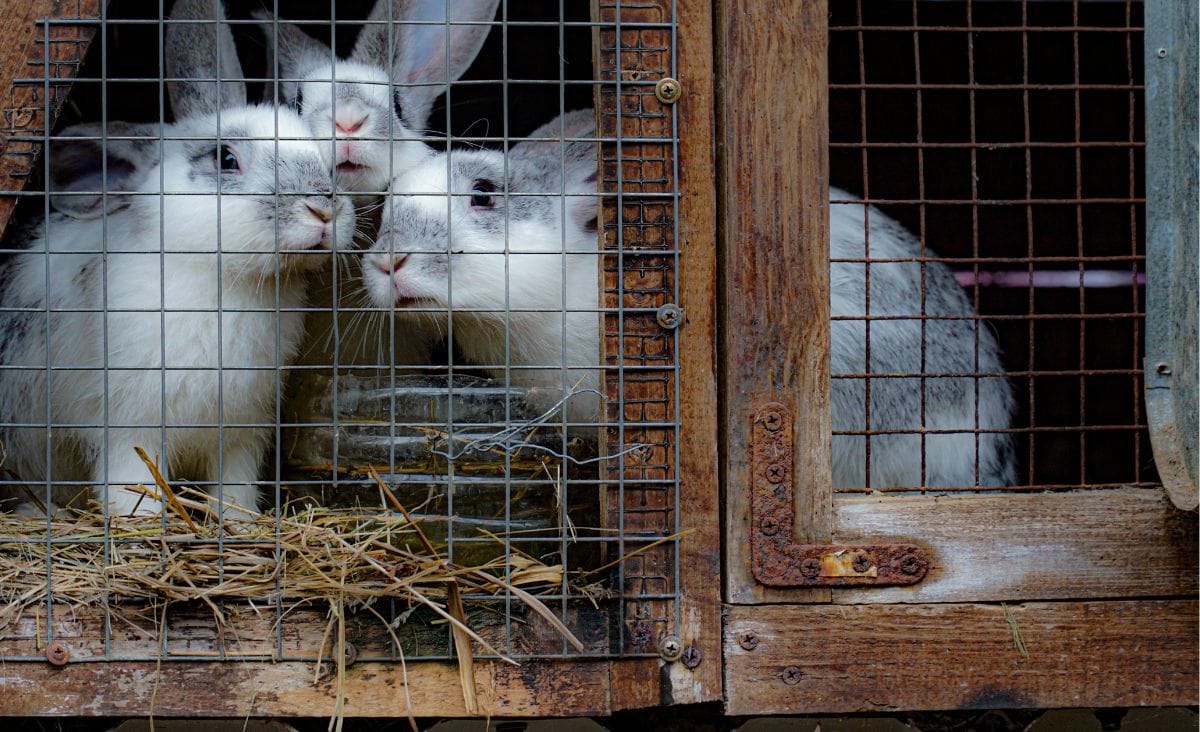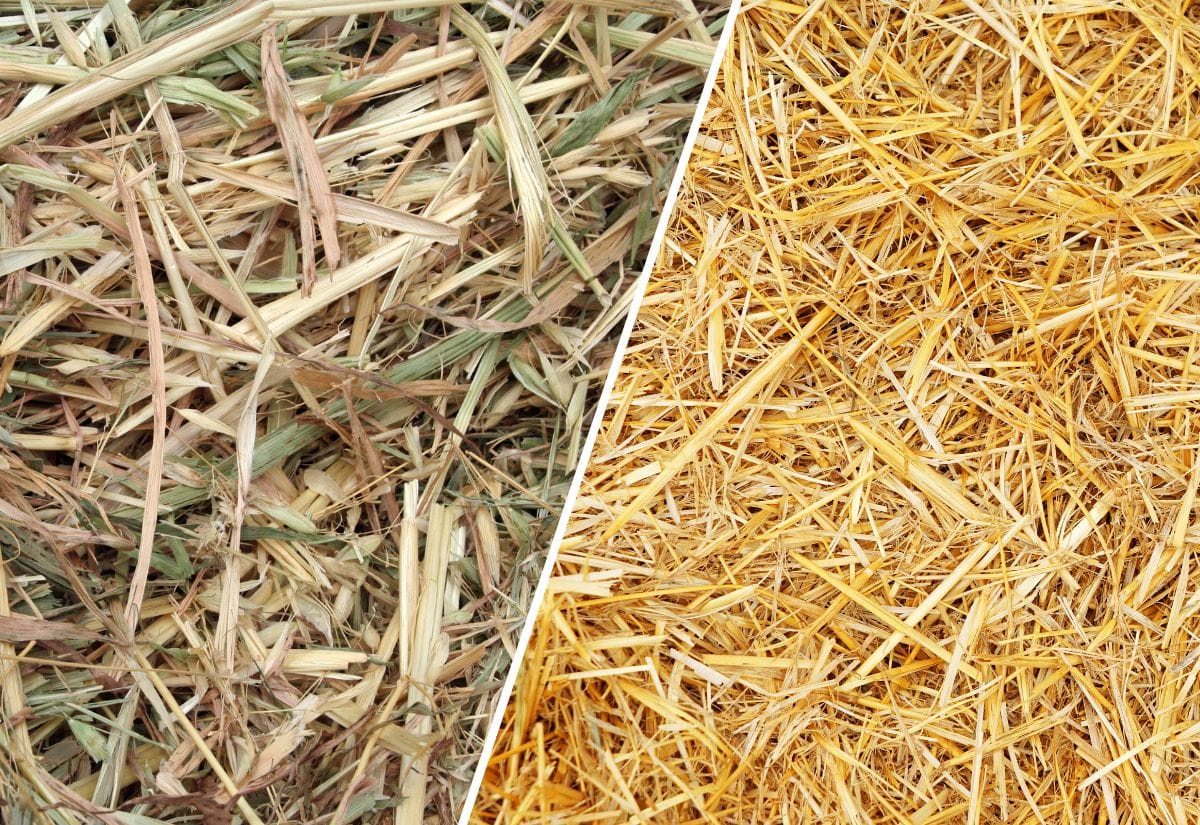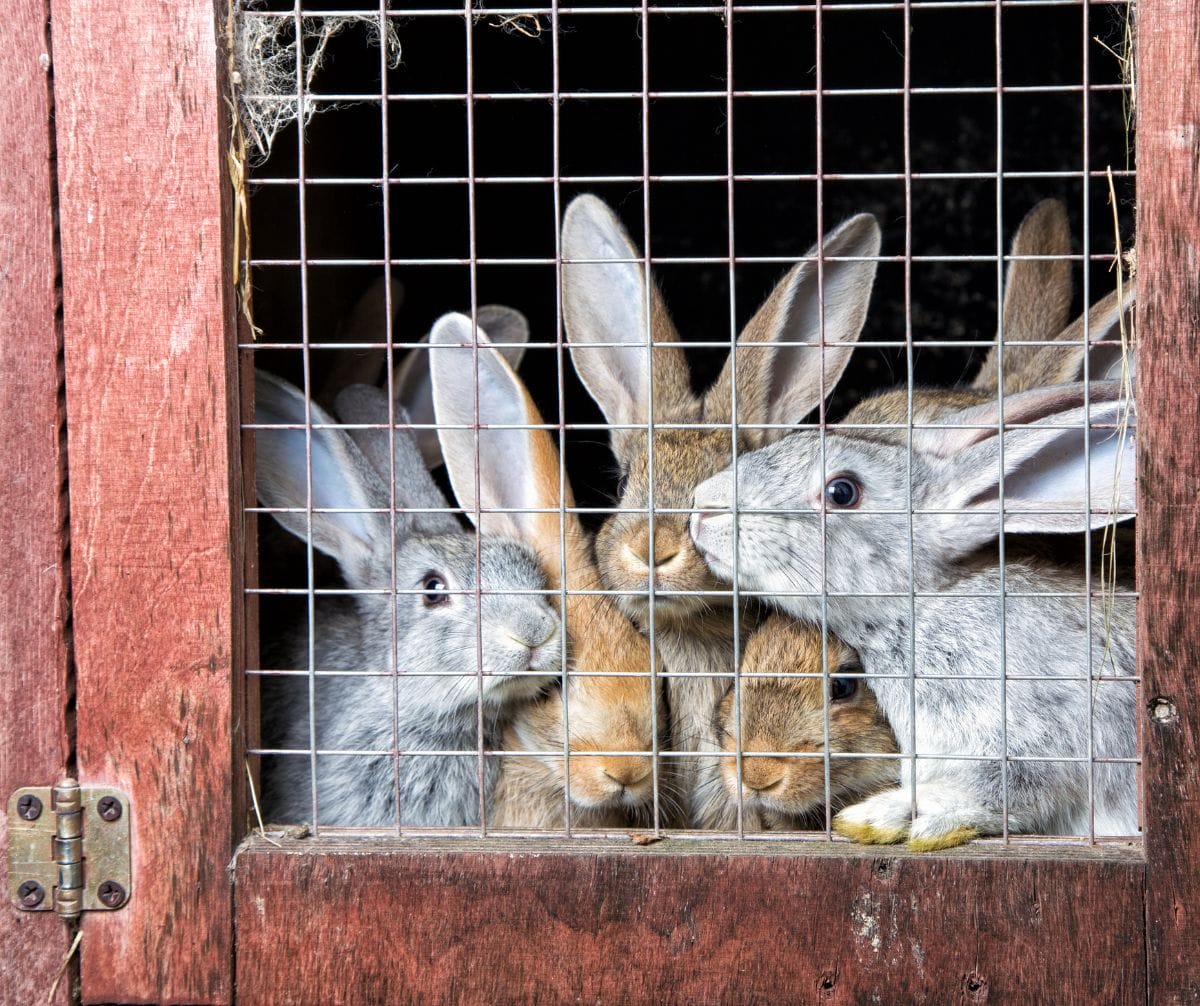Choosing the Right Winter Bedding for Outdoor Rabbits
Discover the best winter bedding for outdoor rabbits to keep them warm, dry, and cozy while ensuring their health all season long.

Winter can be harsh, especially if you have outdoor rabbits relying on you to stay warm and cozy. Keeping your furry friends safe from the cold starts with choosing the right bedding.
Have you ever wondered what works best to keep rabbits warm, dry, and happy through freezing temperatures? Let me share what I’ve learned after years of homesteading through snowy winters.
The bedding you choose for your rabbits during winter does more than provide comfort—it insulates them from the cold, keeps their hutch dry, and prevents health issues like frostbite or respiratory problems. In this post, we’ll cover the best bedding materials, how to set them up properly, and creative alternatives if you’re short on traditional options. Whether you’re an experienced homesteader or new to rabbit care, this guide will help you winter-proof your setup.
What Makes a Good Winter Bedding for Rabbits?
Not all bedding materials are created equal. When deciding on winter bedding for outdoor rabbits, look for materials that meet these three key criteria:
- Insulation: Helps your rabbits retain body heat and stay warm in freezing weather.
- Moisture Absorption: Prevents wet bedding, which can lead to frostbite and illness.
- Comfort: Provides a soft, supportive surface for resting and burrowing.
With these essentials in mind, let’s dive into the best bedding options and how they stack up.
Top Bedding Options for Outdoor Rabbits
Straw Bedding
Straw is a tried-and-true favorite for winter rabbit care. Its hollow stems trap heat, making it one of the best insulating options.
- Pros: Affordable, widely available, easy to replace, and excellent at trapping warmth.
- Cons: Requires regular replacement to prevent moisture and mold buildup.
Pro Tip: Pack straw thickly in nesting areas for maximum warmth. I fluff the straw every few days to keep it insulating properly—this small step makes a big difference!
Hay Bedding
Hay can double as bedding in winter, although it’s primarily used as food. It’s softer than straw but less insulating, so consider using it in combination with other materials.
- Pros: Soft, edible, and keeps rabbits busy by encouraging foraging.
- Cons: Absorbs moisture quickly and is less effective for trapping heat.
Pro Tip: Use hay as a cozy top layer over straw. The straw provides insulation, while the hay offers a soft surface for your rabbits to burrow into.

Wood Shavings
Certain wood shavings, such as kiln-dried pine, can be used for rabbit bedding. However, avoid cedar—it contains aromatic oils that can harm your rabbits’ respiratory health.
- Pros: Absorbs moisture well and is affordable.
- Cons: Offers less insulation than straw or hay and requires frequent cleaning.
Alternative Bedding Materials
For a creative or eco-friendly approach, consider these alternatives:
- Fleece Blankets: Soft and reusable, though they must be washed regularly.
- Shredded Paper or Cardboard: Budget-friendly and recyclable, but not insulating on their own.
Pro Tip: I’ve used fleece blankets on especially cold nights as a supplement to straw. Just remember to clean them often!
Here are a few more alternatives you can try:
- Shredded Cardboard: Affordable and recyclable, it can be mixed with straw for added insulation.
- Peat Moss: Great for moisture absorption but lacks insulating properties, so use it sparingly alongside other materials.
Whatever material you choose, the key is to keep it dry, layered, and maintained for maximum warmth and comfort.

FAQs About Winter Bedding for Rabbits
Setting Up Winter Bedding Correctly
Even the best bedding won’t work if it’s not set up properly. Here’s how to ensure your rabbits stay warm and dry:
- Deep Bedding Layers: Lay down at least 4–6 inches of bedding to create effective insulation.
- Spot Cleaning: Remove wet or soiled spots daily to keep the bedding fresh and prevent moisture buildup.
- Weatherproof Housing: Ensure the hutch is windproof, elevated off the ground, and has a solid roof to keep out snow and rain.
My Winter Setup Tip: I always start with a thick base of straw, add a layer of hay for comfort, and make sure the hutch is draft-free. On the coldest nights, I sometimes use an insulated box filled with bedding to give my rabbits extra protection.
Pin this for stress-free winter rabbit care—your furry friends will thank you!

Proper winter bedding is essential to keeping your rabbits warm, healthy, and happy through the colder months. With a well-prepared hutch and a mix of insulating and comfortable materials, your rabbits can thrive no matter how chilly it gets.
For more winter care tips, check out my guides on How to Prepare Your Homestead for Winter and Chickens In Winter: What Do They Need to Stay Warm?. Ensuring your coop and barn are properly winterized will keep your flock warm and comfortable, and taking steps to prevent water from freezing is essential for all your animals. With a little preparation, you can create a cozy and safe environment for everyone on your homestead this season.
How do you prepare your rabbits for winter? Share your tips and stories in the comments below—I’d love to hear from you!




